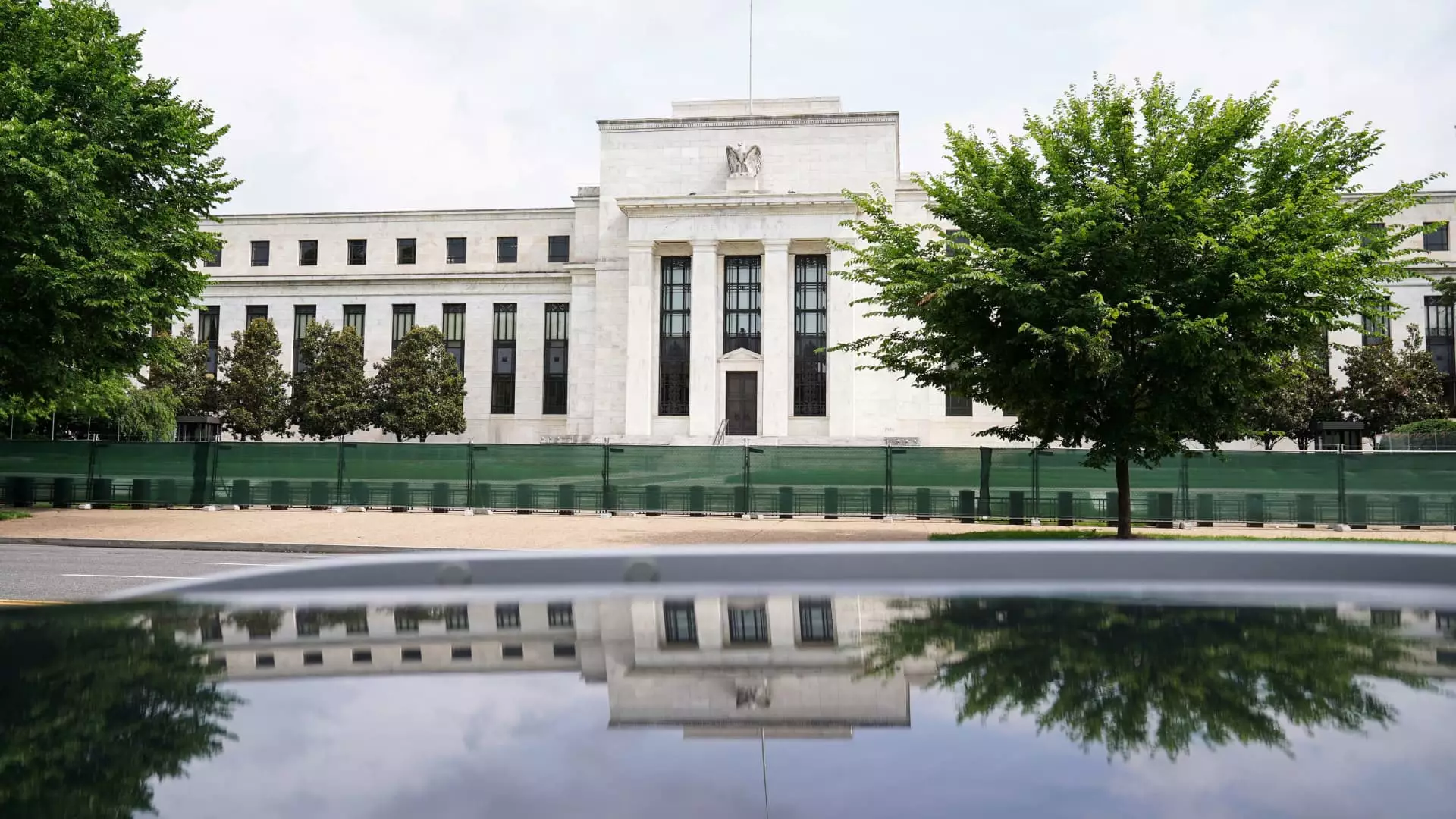The Federal Reserve’s upcoming meeting is about to become a pivotal point in the financial landscape as signs of a cooling inflation rate hint at possible interest rate reductions. For many Americans grappling with the heavy burden of living costs and escalating interest rates, this news is both anticipated and relieving. However, experts warn that while a decrease is on the horizon, the immediate relief may not be as substantial as many hope.
Since the onset of the COVID-19 pandemic, inflation has surged, reaching peaks unseen in over four decades. In response, the Federal Reserve embarked on an aggressive campaign of interest rate hikes that established the benchmark rate at its highest levels in recent history. This trajectory drastically increased borrowing costs for consumers, creating a financial squeeze for countless households. Brett House, an economics professor at Columbia Business School, articulates that while consumers should remain optimistic about potential rate cuts, the effects will be minimal and gradual.
The current consumer price index (CPI) reflects a significant decrease in inflation—from a staggering 9% in mid-2022 to 2.5% recently. This improvement is poised to influence the Federal Reserve to initiate rate cuts in their upcoming meeting, with a reduction of a quarter percentage point being widely anticipated. However, Greg McBride, chief financial analyst at Bankrate.com, cautions that such a cut will not radically alleviate borrowing costs. It will take a series of reductions for borrowers to feel meaningful relief.
Market observers have placed heavy expectations on the Fed, with indicators suggesting a 100% probability of rate adjustments at the next meeting and speculations of subsequent reductions throughout the year. This could potentially drive the benchmark federal funds rate below 4% by the end of 2025, thus altering the matrix of borrowing costs across various consumer loans.
The impact of these anticipated rate cuts will be widespread, affecting various lending markets in significant ways. Credit cards, for instance, generally feature variable rates that are closely tied to the Fed’s benchmark. The average credit card interest rate surged from 16.34% in March 2022 to over 20%, a near-historic high, placing immense strain on consumers. McBride points out that even after rate reductions, the rates may not drop to comfortable levels quickly enough to alleviate the financial pressures on those carrying a balance.
For homeowners, mortgages typically have fixed rates that correlate more with Treasury yields and broader economic indicators. Nevertheless, upcoming rate cuts could influence mortgage rates, which have been observed to fall slightly in light of the Fed’s trajectory towards easing. As of early September, the average rate for a 30-year fixed mortgage dropped to approximately 6.3%, but real estate prices continue to soar, negating the potential benefit of lower borrowing rates for many consumers.
Similarly, auto loans, which are also sensitive to interest rate adjustments, are likely to experience declines in borrowing costs. That said, experts like Matt Schulz emphasize that a quarter-point reduction will have minimal immediate impact on a consumer’s overall financing capabilities.
The impact of Fed rate cuts may also extend to student loans, particularly private loans that have variable rates. As rates begin to decrease, borrowers with these loans can expect reduced payments and potential refinancing opportunities, though those with federal loans must navigate the trade-offs between refinancing and losing the associated protections and benefits.
On a different note, deposit accounts will inevitably feel the pressure of lower interest rates as well. While top-yielding online savings account rates have risen significantly amid the Fed’s recent hikes, McBride warns that rate cuts will likely lead to decreases in these yields. However, one must keep in mind the context of inflation—an essential factor in assessing the true value of these returns.
As the Federal Reserve prepares for its meeting, the prospect of rate cuts reignites hope for consumers burdened by high borrowing costs. While the tweaks to the benchmark interest rate may offer a path toward long-term relief, it is essential to understand that the immediate effects will be tempered by ongoing economic realities. Experts advise consumers to focus on proactive financial strategies amidst changing interest rates, ensuring that they are not solely reliant on potential small shifts in rates for managing their financial health. The road ahead may show signs of improvement, but it is accompanied by a need for patience and prudent fiscal planning.

